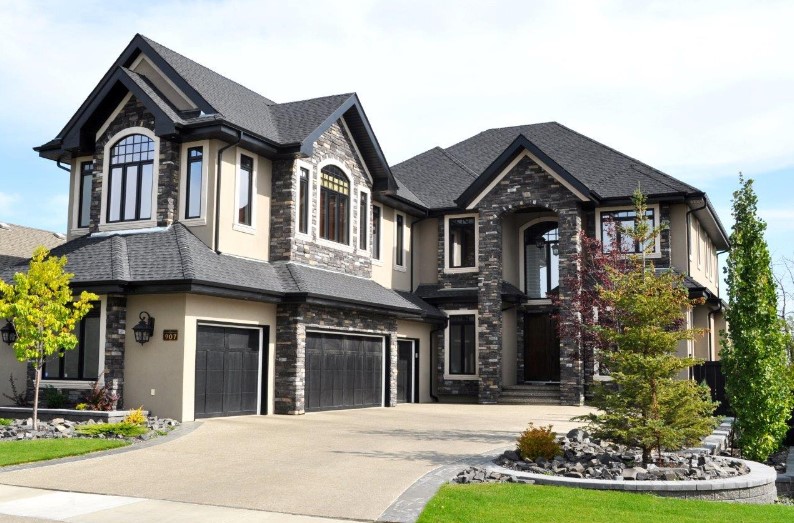
When you are working on a custom design rather than a standard build, you’ll need to get creative when it comes to space and layout. After all, you want the final look of your home to be as unique as possible, right? Whether you’re a first-time home builder or a seasoned pro, there will come a time when you’ll need to make some tough design decisions.
The good news is that you don’t have to do it alone! Even if you are a custom home builder by trade, you’ll still need to rely on outside perspectives and advice. After all, any smart custom home builder knows that effective design isn’t just about aesthetics. Functionality and efficiency are also key considerations. With that in mind, read on for some helpful design ideas for custom home builders.
Plan for your home’s needs
When you’re designing your own home, it’s important to think beyond the walls and ceiling. Sure, those are the most obvious aspects of any living space, but it’s also important to plan for other things like plumbing, electrical and HVAC systems, and so on. You’ll need to plan for each of these areas if you want your custom home to be as energy-efficient and comfortable as possible.
Draw up a plan
The first step toward creating a functional and efficient space is to draw up a plan. This should include information like room dimensions, the layout of the home, and any special features that you want included. It’s also a good idea to list all of the home’s utilities and other needed features, like a kitchen, separate laundry room, and so on. You can include these details as part of your design, or you can use a separate drawing plan.
Be selective with your materials
If you’re like most home builders, you’ll want to use materials that are lightweight, strong, and easy to work with. This is particularly important for custom homes, where each material choice has to be considered carefully. While you may love the look of a certain wood or stone, it may not be the most practical option for your particular project.
Consider your home’s location
When you’re designing your home, it’s important to take into consideration its location. After all, a house is only as functional as its location allows it to be. If you live in an area that gets a lot of snow, for example, it would be a bad idea to design your home to be almost entirely out of doors. Likewise, you don’t want your home to be susceptible to flooding or snow shoveling in the winter.
Don’t be afraid to make some upgrades
When you’re designing a custom home, you’ll need to make some tough choices when it comes to upgrades. After all, you don’t want to sacrifice aesthetics for functionality, do you? In most cases, you can find a happy medium by keeping your custom home design basic. That said, you should never hesitate to make upgrades if you end up with the space or budget for them. Every home is different, and certain features may not be necessary for your particular situation.
Conclusion
When you’re designing a custom home, you’ll need to be creative and efficient. That means thinking about both functionality and aesthetics and making sure that your home meets the needs of both the residents and the environment. If you apply the design ideas discussed in this article, you should be able to create a space that is both functional and beautiful.
